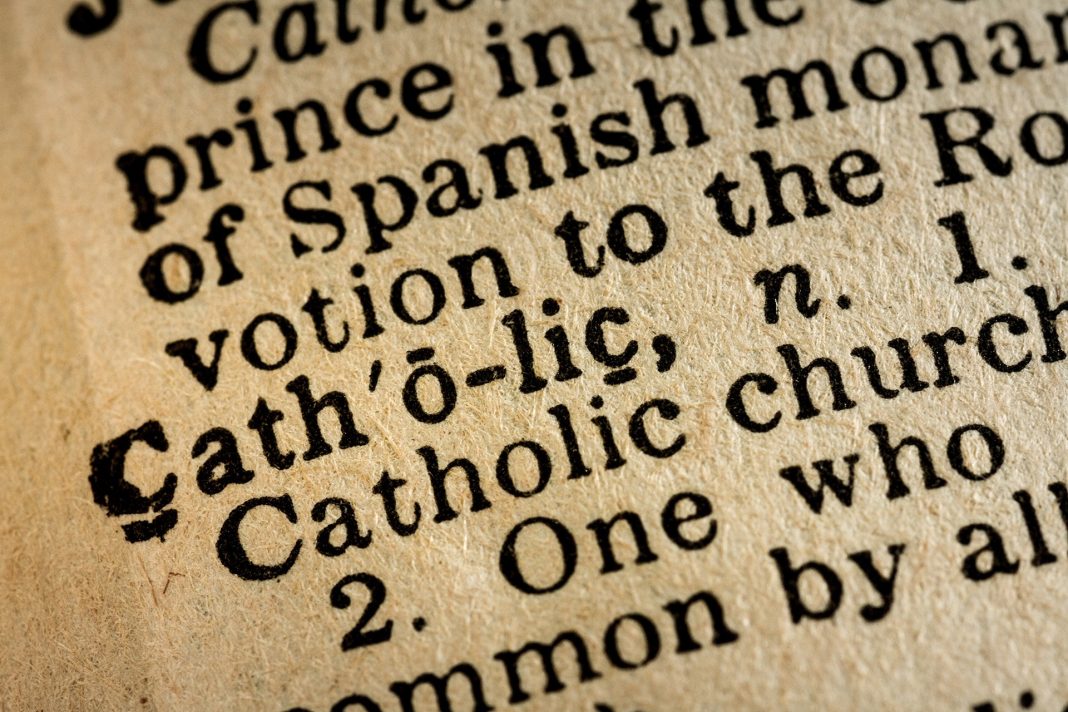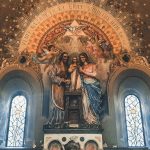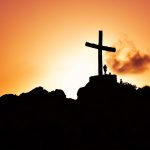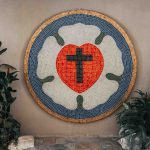In general, it is estimated that the Catholic Church has approximately 1.2 billion faithful coming from different parts of the world. Its history dates back two thousand years and its headquarters are located in the Vatican City and led by the Pope, who directs the Church and the faithful followers as a whole.
From the point of view of the religious institution, the Catholic Church focuses on providing followers with the divine truth of God, the Holy Spirit, Jesus Christ and the Apostles. It represents one of the most influential religions in the whole world, and in reference to this, as a curiosity, according to the catechism of the church it is the only universal and holy religion in the world.
Roman Catholicism is also known for its elaborate institutional structure and sophisticated theological teachings. Most of its teachings may require philosophical understanding. Jesus Christ is considered to be God incarnate, so faithful followers are encouraged to follow his teachings.
The teachings of Jesus Christ and his divine works during his time on Earth are central to the Catholic Church, and it is believed that Jesus gave his apostles the authority to lead and govern the church according to his teachings. The current Pope of the Catholic Church is Jorge Mario Bergoglio, who is also known as Pope Francis, and is the 266th Pope of the Catholic Church.
History of Catholicism Sacraments
According to traditional ideas, the Roman Catholic Church arose as a succession of the first church that Christ formed with the apostles.
The Catholic Church faced many challenges as it spread throughout the Roman Empire and beyond. The book of Acts provides details about the apostle Paul, who spread Christianity during the early stages of the religion. The narratives of the teachings are gathered in the New Testament and are basically explained in the book of Acts, which covers the apostleship of Christianity in the Roman Empire.
In 313 Emperor Constantine admitted Christianity and allowed Catholicism to spread throughout the empire. The more Catholicism spread throughout the empire, the greater the influence in the region, the more people received the message and the greater its influence in other parts of the world.
Between the years 395 and 476, after the fall of the Western Roman Empire, the Catholic Church had greater influence in Europe. The Pope gained influence in the political and spiritual aspects of the first societies and a better relationship was created between the people, the Pope and the Catholic Church.
Today the Catholic church has a large number of followers all over the world, all based on a process that begins with the efforts of the first Christians and the process of expansion of the religion.
The influence of the Catholic Church is found in different continents, it dominates in Europe, it is widespread in North and South America, it is found in Africa and in other parts of the world.
Catholicism Doctrines
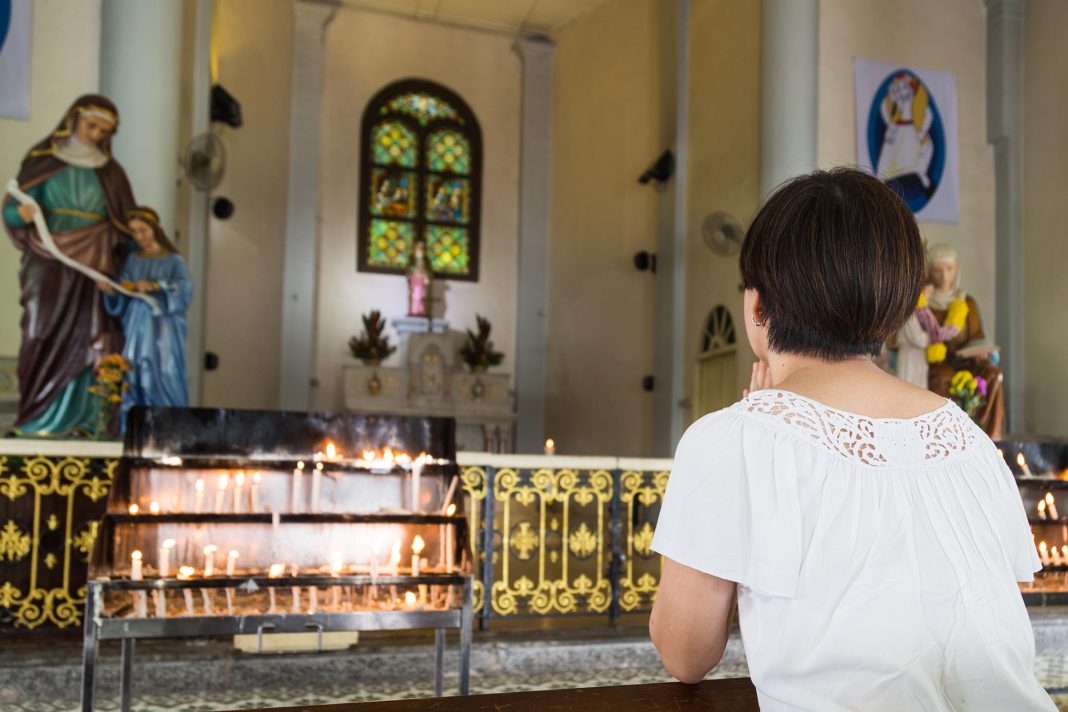
- The Bible is the Word of God.
The Bible is an important element of worship in the Catholic religion. It is used as a reference during masses and also when other spiritual matters are discussed.
The Bible is considered to contain no errors; it is the divine word of God. Catholics believe that the true nature of God can be understood by reading the scriptures.
The doctrines that guide Catholicism are inspired by the Scriptures, the followers do and believe according to the biblical accounts.
- Holy Trinity
In the Catholic religion, the existence of the Holy Trinity is maintained.
According to the Holy Trinity, God is co-eternal and consubstantial, and is found in the form of three persons: God the Father, the Son and the Holy Spirit.
The Holy Trinity represents a doctrine that is fundamental in Catholicism, it allows a better understanding of the nature of God and provides the idea of how God and the creations should be seen.
- The Pope as Leader
The Roman Catholic Church considers the Pope a representative of Jesus Christ.
The Pope is also considered a powerful leader as he has great influence over Catholics and non-church members alike.
The Pope is at the top of the church hierarchy.
Whatever the Pope says is valid as long as it is supported by scripture.
- The Assumption of Mary
Mary is a fundamental figure for Catholics and for Christianity as a whole.
In the Catholic Church it is believed that Mary was taken to heaven in both physical and spiritual form.
Catholics do not worship to Mary, they praise and honor her for giving birth to Jesus Christ.
Transubstantiation
- For the Catholic Church, the bread and wine served during the Eucharist or Holy Communion represent the body and blood of Jesus Christ.
- The priests read the words that Jesus Christ pronounced at the moment of celebrating the last supper with the Apostles and are recorded in the Bible, honoring his last moments on Earth.
These five doctrines are only some of those held by the Catholic Church. The doctrines of the Roman Catholic Church are contained in the Nicene Creed, which is a statement of Christian convictions accepted by mainstream Christianity.
Catholicism Sacraments
A sacrament in the Roman Catholic Church can be defined as any religious practice or ritual that unites divine grace with the participants.
In the Catholic church there are up to seven sacraments, which are considered sacred before the church and before God. In the Catholic Church it is believed that the sacraments were given by Jesus Christ through his teachings.
For the Catholic Church the sacraments are divided into three: the sacraments of initiation, the sacraments of healing and the sacraments of communion.
Baptism
- In the sacrament of baptism the person is welcomed into the Catholic Church.
- Baptism represents for the Catholic Church a symbol of the admission of faith.
- This is normally the first sacrament to be administered and is usually performed within a few days of birth. In some cases, adults may be baptized if they have not been baptized before.
- In general, the symbolism of baptism is that of rebirth which brings divine grace to the baptized.
Eucharist
- In the Catholic religion, the Eucharist is celebrated in honor of Christ’s last supper.
- The grace received in baptism grows for those who celebrate this sacrament.
- During the sacrament, the priest serves wine and bread, symbolizing the blood and body of Christ.
Confirmation
- – In this sacrament the belief in religion is confirmed or validated.
- – This sacrament is directed toward those who have been baptized in the faith.
Confession
- This sacrament is also commonly known as penance or reconciliation, in which one is allowed to confess sins several times to priests as a form of renewal.
- This sacrament for the Catholic Church renews and strengthens grace.
- The priest offers forgiveness by praying to God when the person is truly repentant.
- During the sacrament of penance you can confess the sins you have done and also those you have thought of committing.
Anointing of the sick
- – Also called Extreme Unction, this sacrament is given to people who are very sick.
- – The priest has the ability to hear confessions during Extreme Unction, and thus the sick person attains communion with Christ in the event of death.
- – The sacrament can be celebrated during Mass or in another place, such as a hospital or in the home of the sick person.
- – This sacrament may be done more than once.
Marriage
- – According to the Catholic Church, this sacrament symbolizes the relationship between Jesus Christ and the Church.
- – The sacrament of marriage is considered a very special occasion in which two people are united.
- – The bride and groom are the participants of this sacrament and the priest acts as the witness and blesses the union which is performed by God.
Sacred Order
- – Persons who are baptized are led to serve the church as deacons, priests and bishops.
- – This sacrament allows the Catholic Church to continue the mission that Jesus Christ gave to his apostles, with the mission to preach, serve and lead the Catholic Church.
